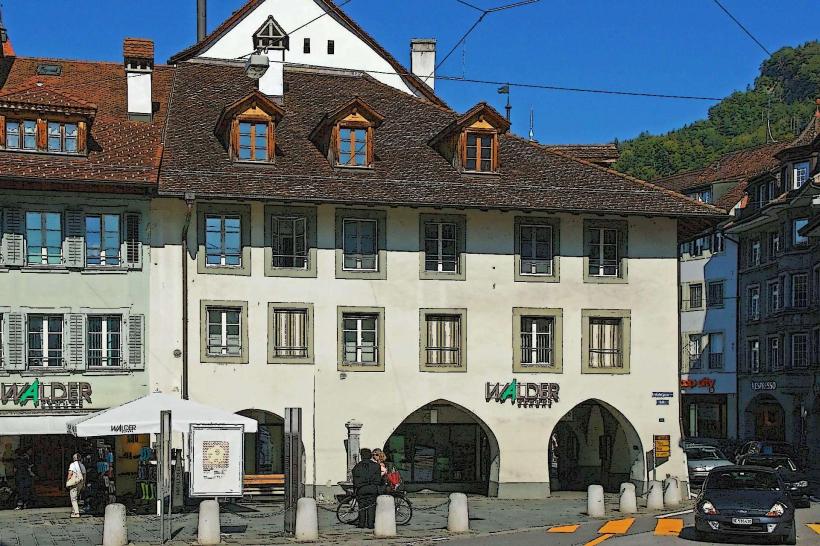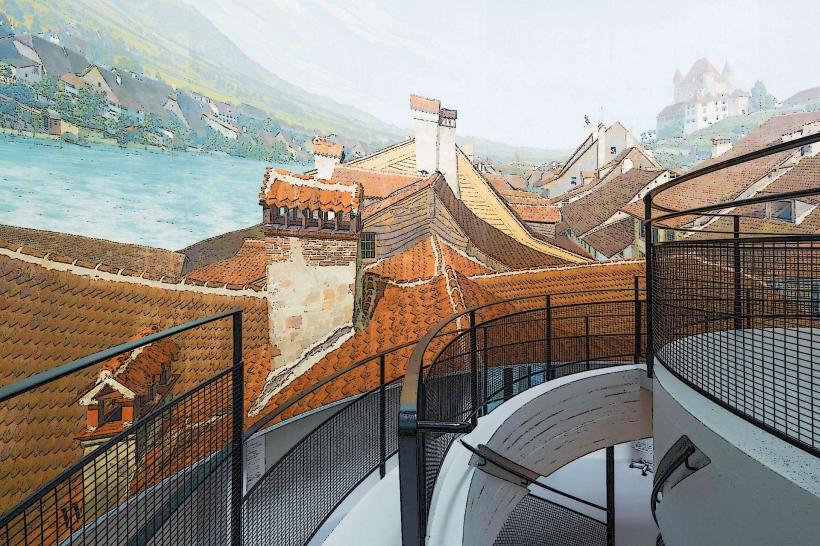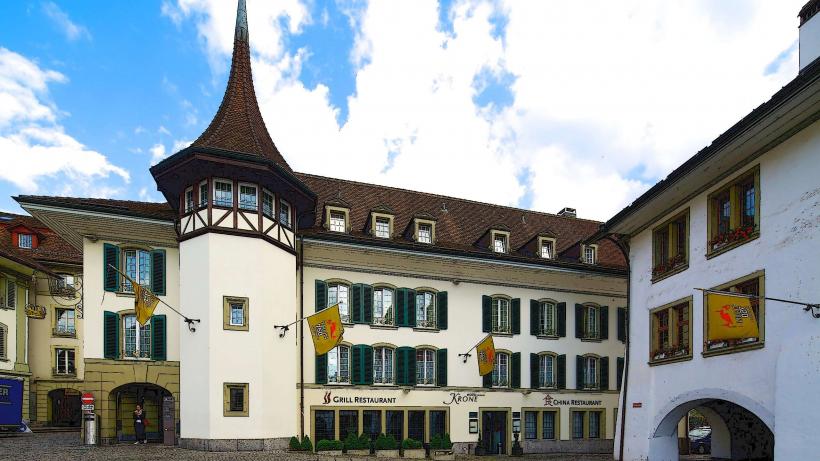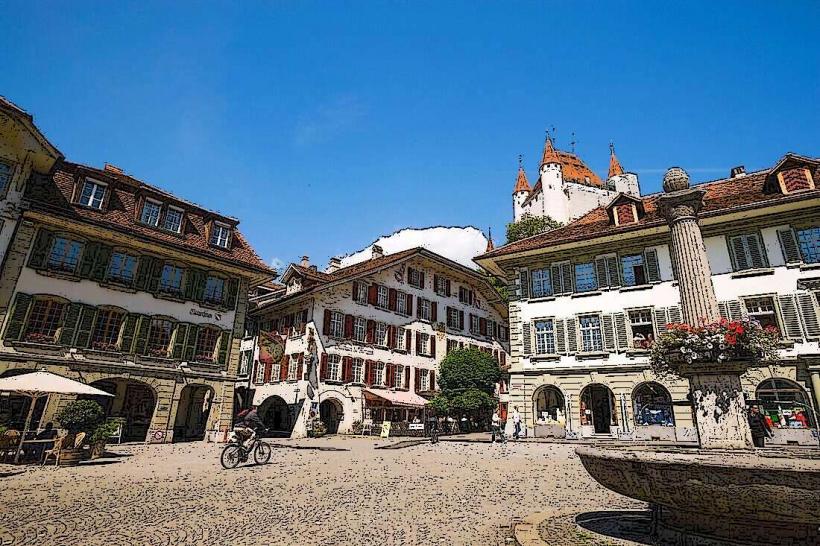Information
Landmark: Schwäbis CastleCity: Thun
Country: Switzerland
Continent: Europe
Schwäbis Castle (Schloss Schwäbis) is a lesser-known but historically significant castle located in the Thun region of Switzerland, near the town of Schwäbis. It is a relatively smaller, privately-owned medieval fortress that offers a glimpse into the region's historical architecture and feudal past.
Key Features and Information about Schwäbis Castle
1. Historical Background
- Schwäbis Castle dates back to the 12th century, during a period of medieval feudalism in Switzerland. Like many castles of this era, it was built for defense and served as a stronghold for local lords.
- The castle’s construction was strategically planned, and its location allowed it to oversee nearby regions, offering protection against invaders and control over trade routes and settlements.
- Over the centuries, the castle underwent multiple renovations and changes in ownership, reflecting the shifting political landscape of the region. It has historically been in the hands of various noble families.
2. Castle Architecture
- Schwäbis Castle is an example of medieval military architecture, with a combination of defensive features such as high walls, towers, and a moat (in earlier periods). Its design reflects the defensive needs of the time, with a strong emphasis on protecting the occupants from potential attacks.
- The castle is characterized by its stone construction and rectangular layout, typical of many Swiss castles of the period. It also features a central courtyard, which was often used for various activities, including farming and animal husbandry in earlier centuries.
- The keep (the central tower) would have been the heart of the castle, providing both residential space and a strong point of defense. The design and structure of Schwäbis Castle are typical of Swiss castles built for both administrative and military purposes.
3. Location and Views
- Schwäbis Castle is situated in a beautiful, rural setting, offering scenic views of the surrounding Bernese Alps and the nearby Aare River. The area around the castle is lush with natural beauty, providing a tranquil environment.
- The castle’s location allowed its inhabitants to oversee the surrounding lands and play a significant role in the region’s local politics and defense during the medieval period.
4. Present-Day Usage
- Unlike some other Swiss castles that have been turned into museums or public attractions, Schwäbis Castle remains a private property. As a result, it is not generally open to the public for tours or events, though its exterior can often be admired from a distance.
- It is occasionally used for private events, such as weddings or exclusive gatherings, making it a popular location for those seeking a historic and scenic setting for special occasions.
5. Cultural Significance
- While not as well-known as some other castles in Switzerland, Schwäbis Castle is part of the rich tapestry of medieval heritage in the Thun region. Castles like Schwäbis provide valuable insights into the feudal system and the way life was organized in the Middle Ages.
- The castle’s presence in the region adds to the historical depth of the area, along with other castles like Thun Castle and Schloss Hünegg, which contribute to the narrative of local history and Swiss medieval life.
Conclusion
Schwäbis Castle is a historic and picturesque castle in the Thun region, offering visitors a glimpse into medieval Swiss life. While it is privately owned and not generally open to the public, it still holds significant cultural and architectural value as part of the region's feudal history. Its peaceful location, combined with its medieval architecture, makes it an interesting, though lesser-known, part of Switzerland's rich heritage.











